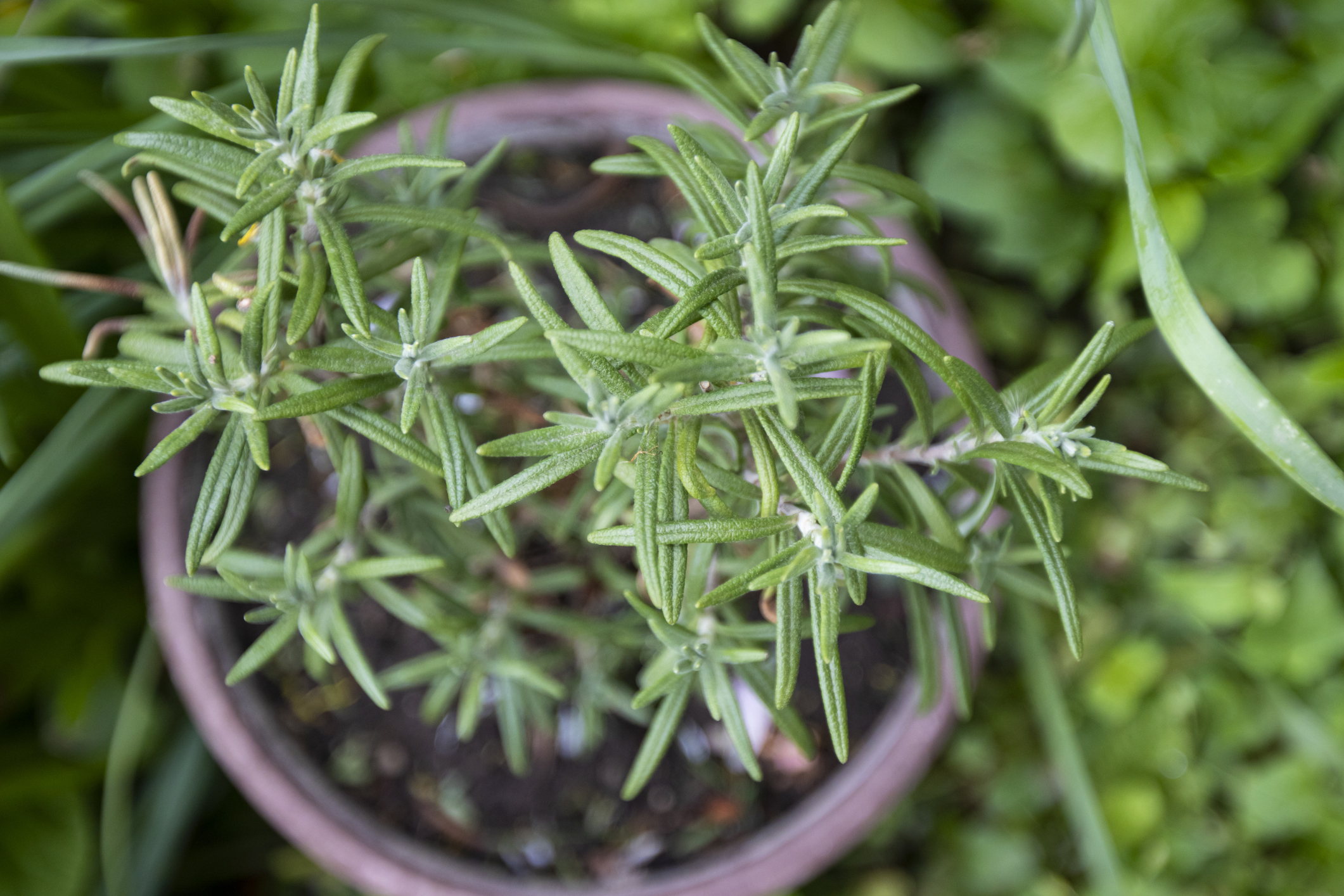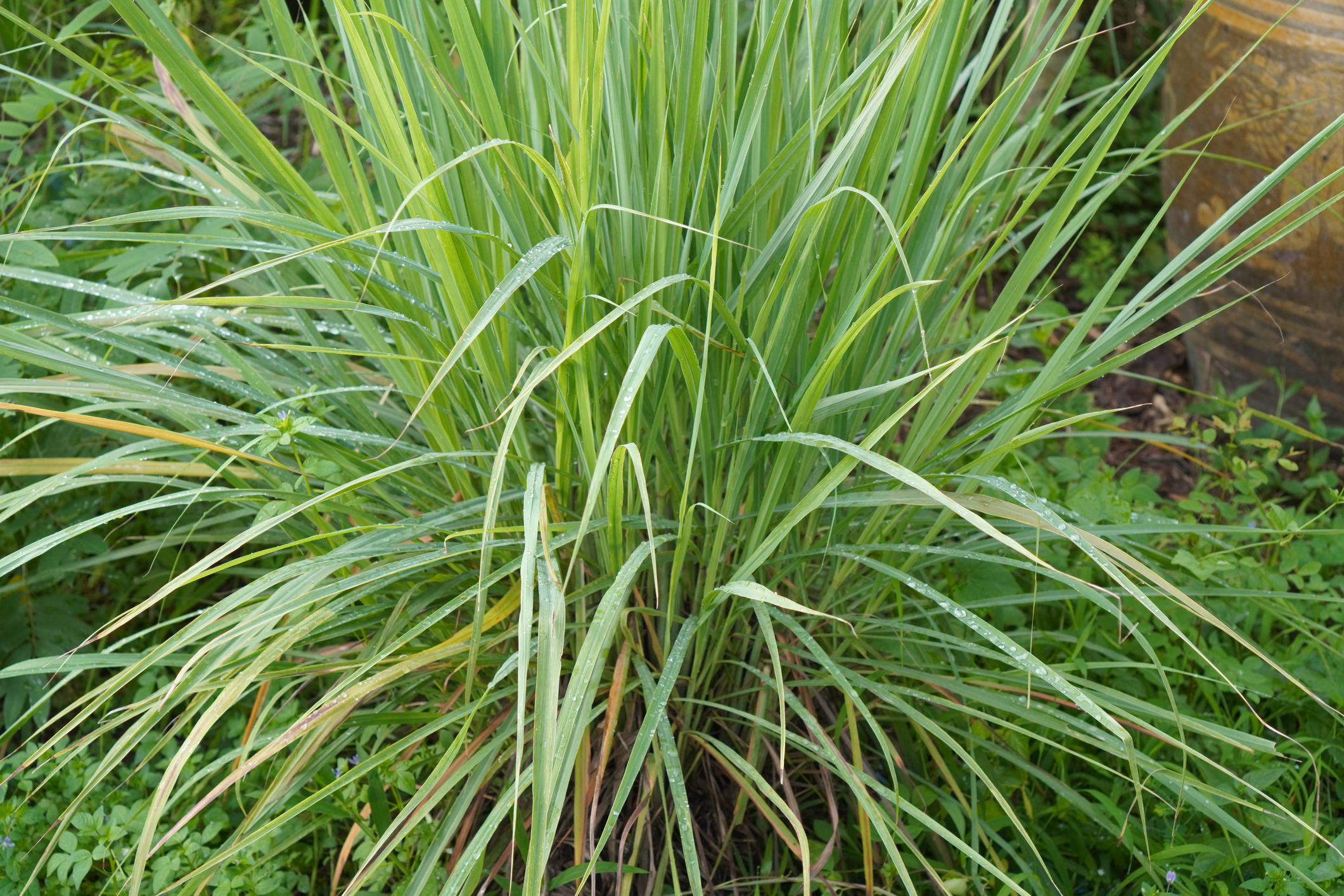

We may earn revenue from the products available on this page and participate in affiliate programs. Learn More ›
As the warmer, wetter weather approaches, it’s a good time to start thinking about tick protection. Ticks are blood-feeding pests that are an uncomfortable nuisance, and even worse, can lead to real health concerns for you, your loved ones, and your pets. They can cause allergic reactions and transmit a variety of diseases, such as Lyme disease, babesiosis, anaplasmosis, and Rocky Mountain spotted fever, to people.
One way to keep ticks at bay is by using strategic landscaping choices. By including certain plants in your yard known to fend off ticks with their scent, you can stay safer while avoiding harsh insecticides and other chemicals. Some plants even help deter tick hosts, such as mice and deer, that often carry these parasites that can easily end up on our skin. Here are five plants that repel ticks for you to consider planting in your yard before tick season arrives.
1. Rosemary (Salvia rosmarinus)

When we think of rosemary, we might envision a mouthwatering Thanksgiving dinner. But planting this distinct-smelling culinary herb in your yard can also help keep ticks away, along with other pests like mosquitoes, mites, flies, and aphids. The strong, aromatic natural oils in rosemary interfere with the sensory mechanisms of ticks to prevent them from finding new hosts, like deer, to latch onto. Rosemary grows best in well-draining sandy, loamy soil and full sun. Be sure to prune the plants regularly to maintain their shape and encourage new growth. Plants can grow up to about 6 feet tall.
Best For: Well-draining sandy, loamy soil and full sun
Hardiness Zones: 8 to 10
2. Mint (Mentha)

A refreshing addition to any garden is some fresh mint, which comes in a variety of species, including peppermint and spearmint. It’s also an effective choice for scaring ticks away. This hardy herb, with small flowers arranged in clusters in hues of pale purple, pink, or white, prefers partial shade or full sun and moist loamy soil that drains easily. Avoid overwatering these plants or allowing the soil to get too wet.
The challenge with mint is that it can quickly grow and spread, taking over the garden. It’s best to plant mint in containers to control its growth. Be sure to harvest it regularly to encourage new growth and so you can enjoy mint in your recipes.
Best For: Partial shade to full sun and moist, loamy, well-draining soil and containers.
Hardiness Zones: 3 to 11
3. Lemongrass (Cymbopogon citratus)

Lemongrass is an ornamental grass often used in cooking, aromatherapy, soaps, and candles. Because it contains citronella oil, lemongrass turns off ticks who avoid its smell. As a bonus, it also acts as a repellent for mosquitoes and other insects. This tall, grassy plant adds texture to any garden and can reach 4 feet tall and 3 feet wide. It is best grown in full sun and rich, loamy, well-draining soil. However, it is susceptible to dry spells, so be sure to water it regularly when rain is limited. It’s recommended to divide lemongrass plants in clumps about every 2 to 3 years to ensure it thrives.
Best For: Full sun and rich, loamy, well-drained soil
Hardiness Zones: 8 to 11
4. Lavender (Lavandula)

Another popular plant that is beautiful and aromatic—yet unappealing to ticks—is lavender. While we find it sweet, ticks actually find the scent repulsive. The plant also repels deer, which often serve as host animals for ticks. Lavender’s vivid purple flowers will elevate any garden, while also attracting butterflies and other pollinators. You can also enjoy the many uses of lavender’s essential oils for fragrant dried flowers, tea, skincare products, and medicinal remedies.
Lavender plants prefer full to partial sun and loamy, sandy, well-draining soil. Avoid overwatering and remember to prune lavender in early spring to encourage growth.
Best For: Full to partial sun and loamy, sandy, well-drained soil
Hardiness Zones: 5 to 10
5. Marigold (Tagetes)

With about 50 species like African marigolds and American marigolds, Tagetes plants are annual herbs in the aster family that have bright yellow, orange, or red flowers and do a great job at keeping ticks out of the yard. The reason they are so effective is because they contain pyrethrum, a strong-smelling compound that is actually used in many commercial insect repellents.
Mexican marigold (Tagetes lucida) is a shrubby perennial that is more cold-hardy than its annual cousins. Marigolds grow best with full sun and in well-draining soil. It’s advised to sow annual marigold seeds directly into the ground after the last frost and to water them regularly.
Best For: Full sun and well-draining soil
Hardiness Zones: 2 to 11 (as annuals; 8 to 11 for perennial)
